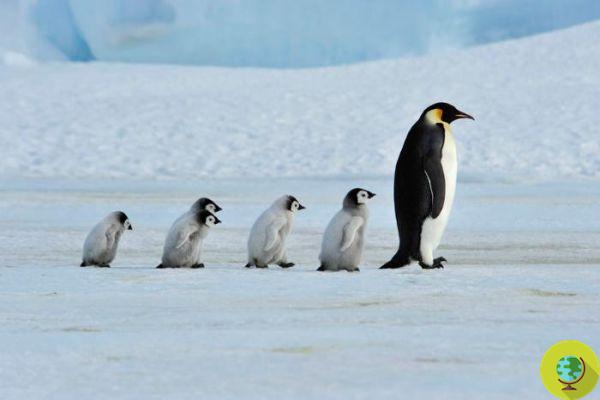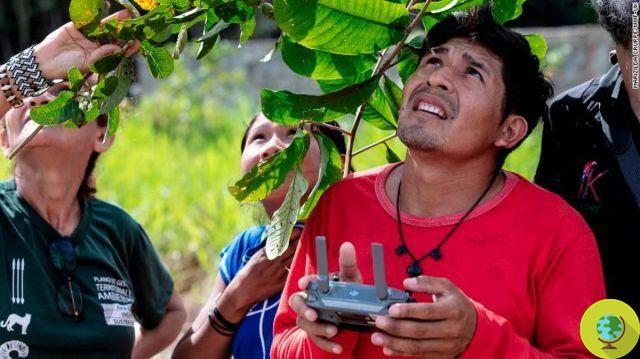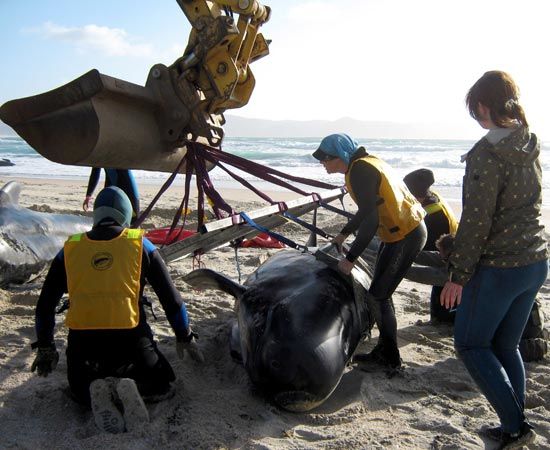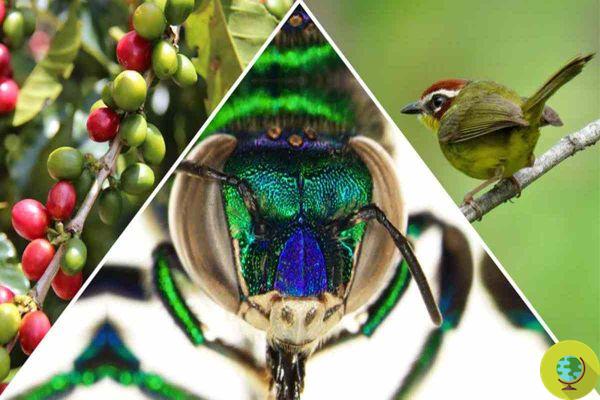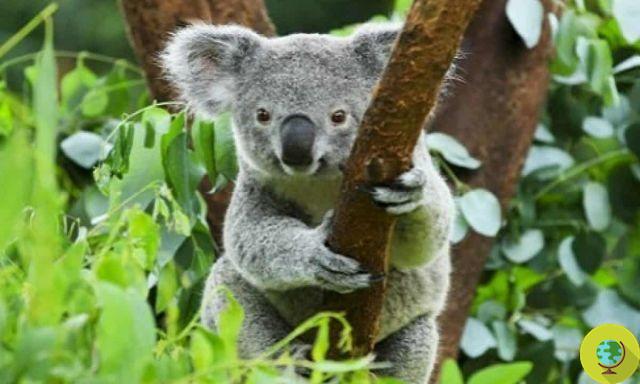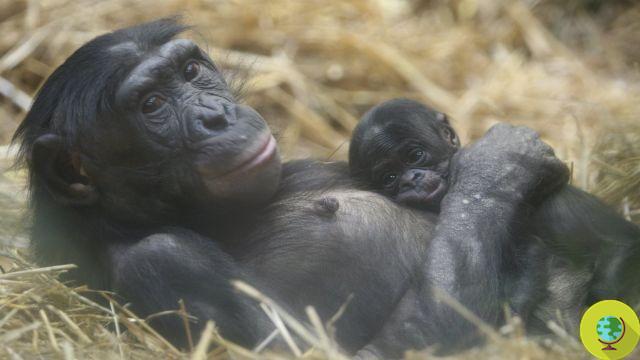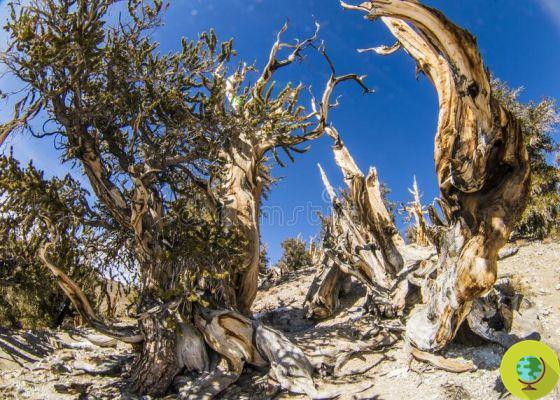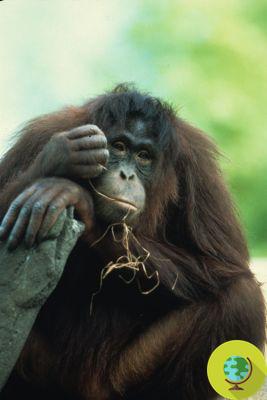
Lemurs, gibbons, great apes and more. Twenty-five primate species could soon disappear due to deforestation, illegal hunting and climate change if measures are not taken promptly to protect them from extinction. The alarm was raised this morning by the zoologists of the IUCN, Union for the Conservation of Nature, who have drawn up a ranking of the primates most at risk, asking governments to intervene.
He is about to end up run over, his mother saves him
Lemurs, gibbons, great apes and more. They are well twenty-five species of primates which may disappear shortly, due to deforestation, illegal hunting and climate change, if not adopted in time measures to protect them from extinction. The alarm was raised this morning by the zoologists of theIUCN, Union for the Conservation of Nature, which have drawn up a ranking of the primates most at risk, asking governments to intervene.
The experts presented their report, explains a statement, at a conference on biodiversity that took place in the US state of Indiana, revealing how 9 of the critically endangered species live in Asia, 6 on the island of Madagascar, in south-east Africa, another 5 on the African continent and 5 in South America. At the level of individual countries, Madagascar tops the list with six of the 25 most threatened species, while Vietnam is second with 5 and Indonesia third with 3. Followed by Brazil and China with 2 threatened species and Colombia, Ivory Coast, Democratic Republic of Congo, Ecuador, Equatorial Guinea, Ghana, Kenya, Peru, Sri Lanka , Tanzania and Venezuela with one species each.
Particularly critical seems to be the situation of lemurs from Madagascar, the little prosimians that DreamWorks animated film Madagascar introduced to children around the world. They would be seriously threatened by the destruction of their habitat and by illegal hunting, with the rarest lemur, Lepilemur septentrionalis, now reduced to just 19 individuals known in nature.
"Once again, this report shows that primates around the world are threatened by increasing human activities - he explains. Christopher Schwitzer, at the head of the research-. In particular, lemurs are today one of the most threatened groups due to a political crisis that has lasted for over 3 years and the lack of an effective safeguard in their country of origin, Madagascar. A similar critical situation is occurring in Southeast Asia, where the trade in wild animals it is bringing primates very close to extinction ”.
More than half of the 633 primate species and subspecies, 54%, have been classified as endangered on the IUCN Red List. Also due to human activities, such as the burning and indiscriminate cutting of tropical forests, the hunting of primates for food and the illegal trade in wildlife. Thus, as the human population continues to grow, that of our closest relatives decreases dramatically.
Roberta Ragni
Read also:
- Nemo in danger: the orange clownfish at risk of extinction
- Marsican bear at risk of extinction: only 40/50 specimens remain
- Japanese otter goodbye! It officially went extinct
- Biodiversity: endangered animal species to see before they disappear







